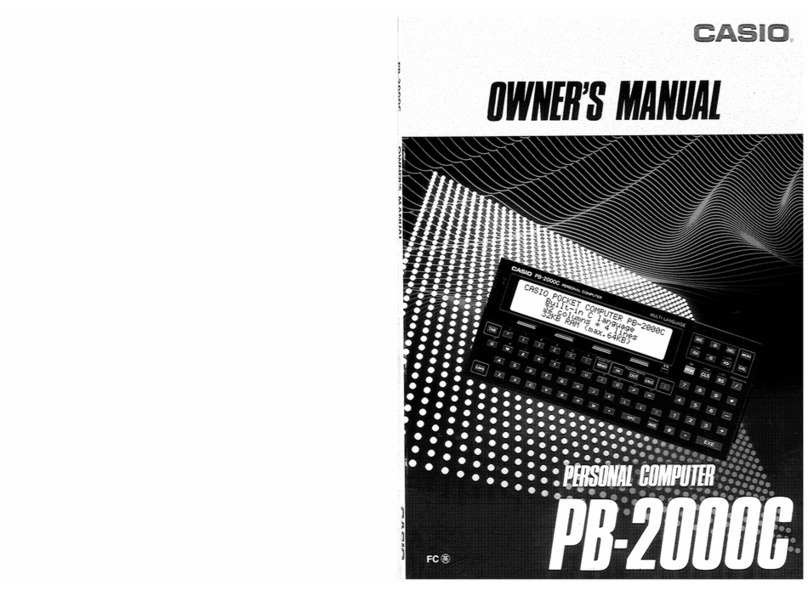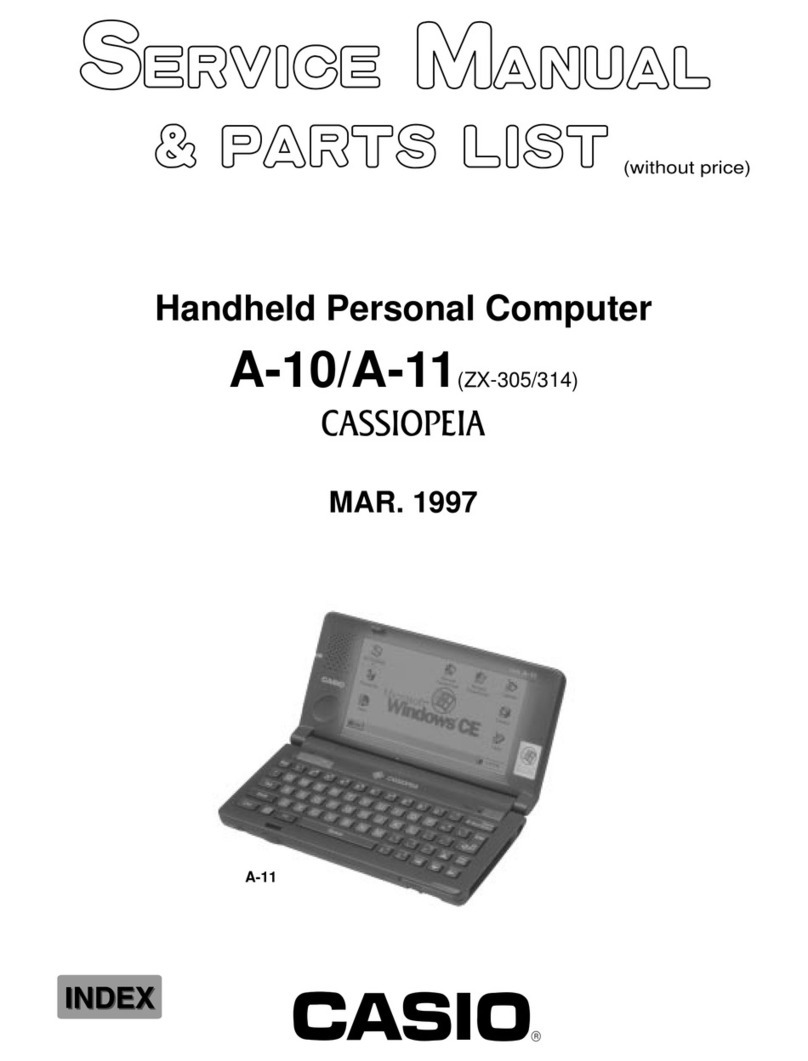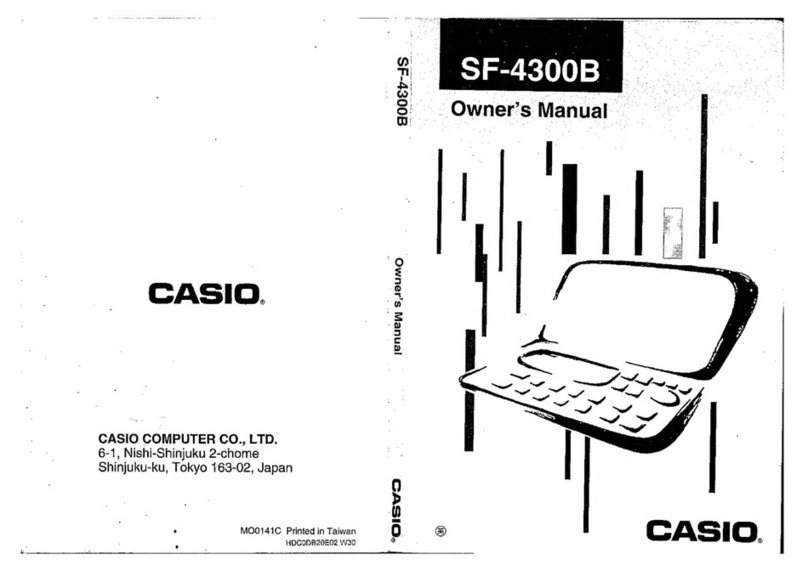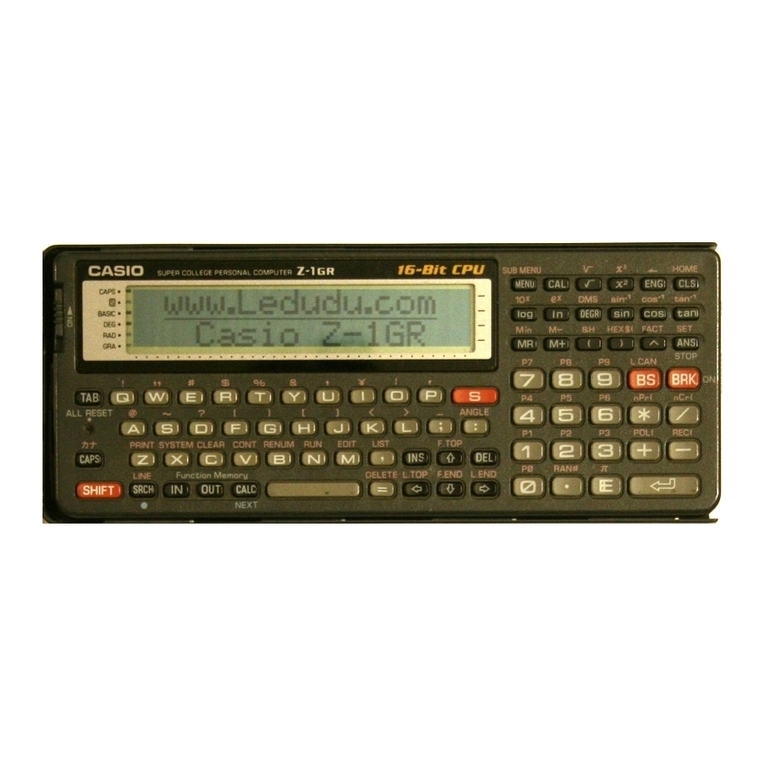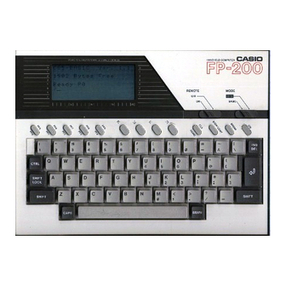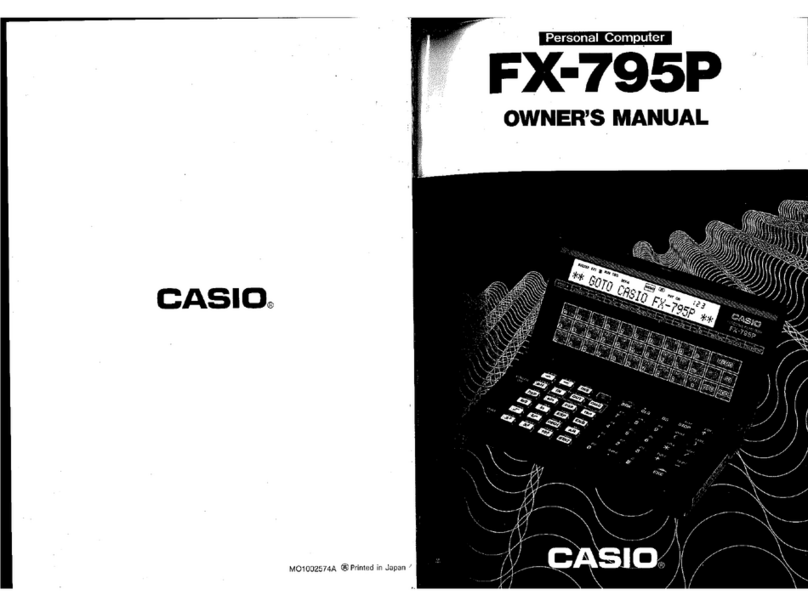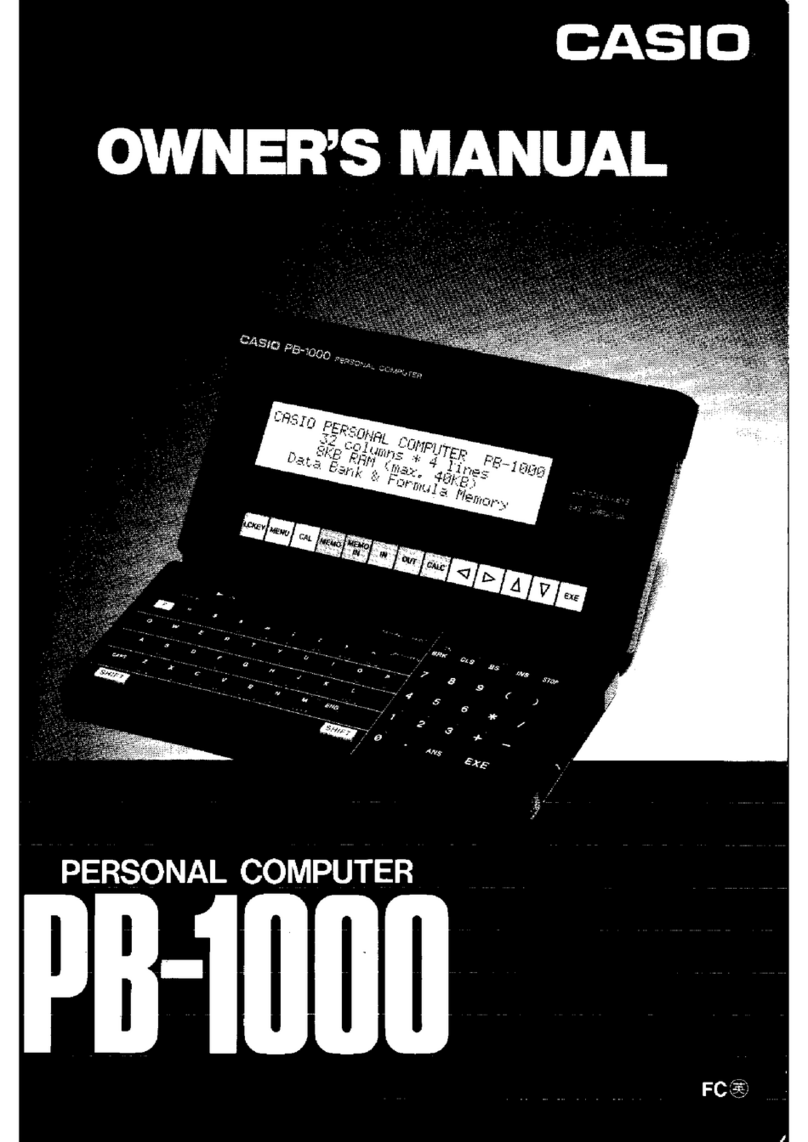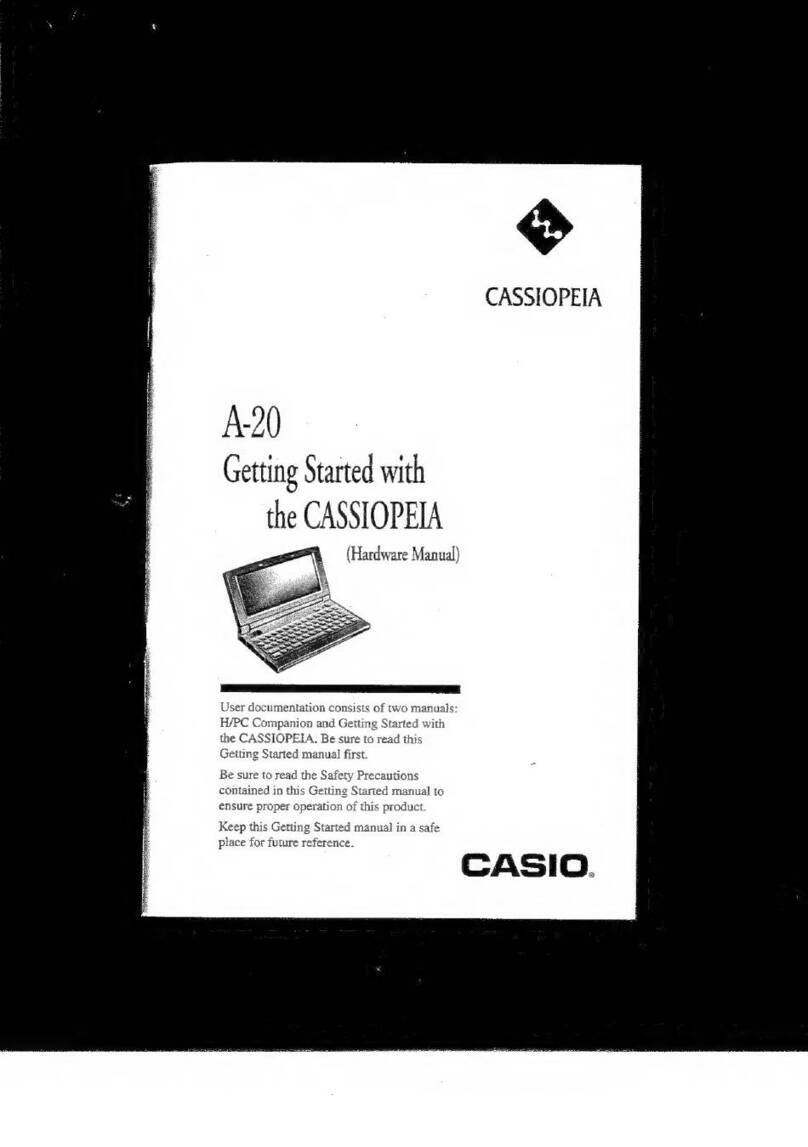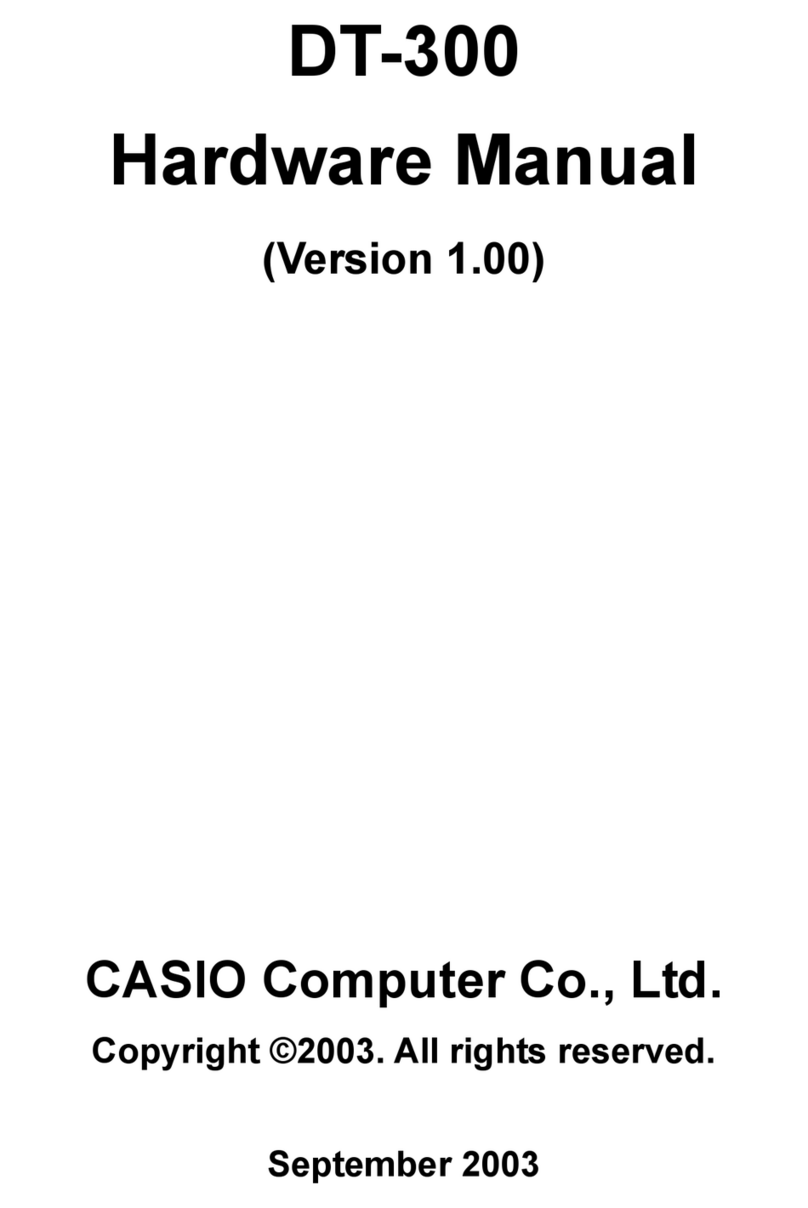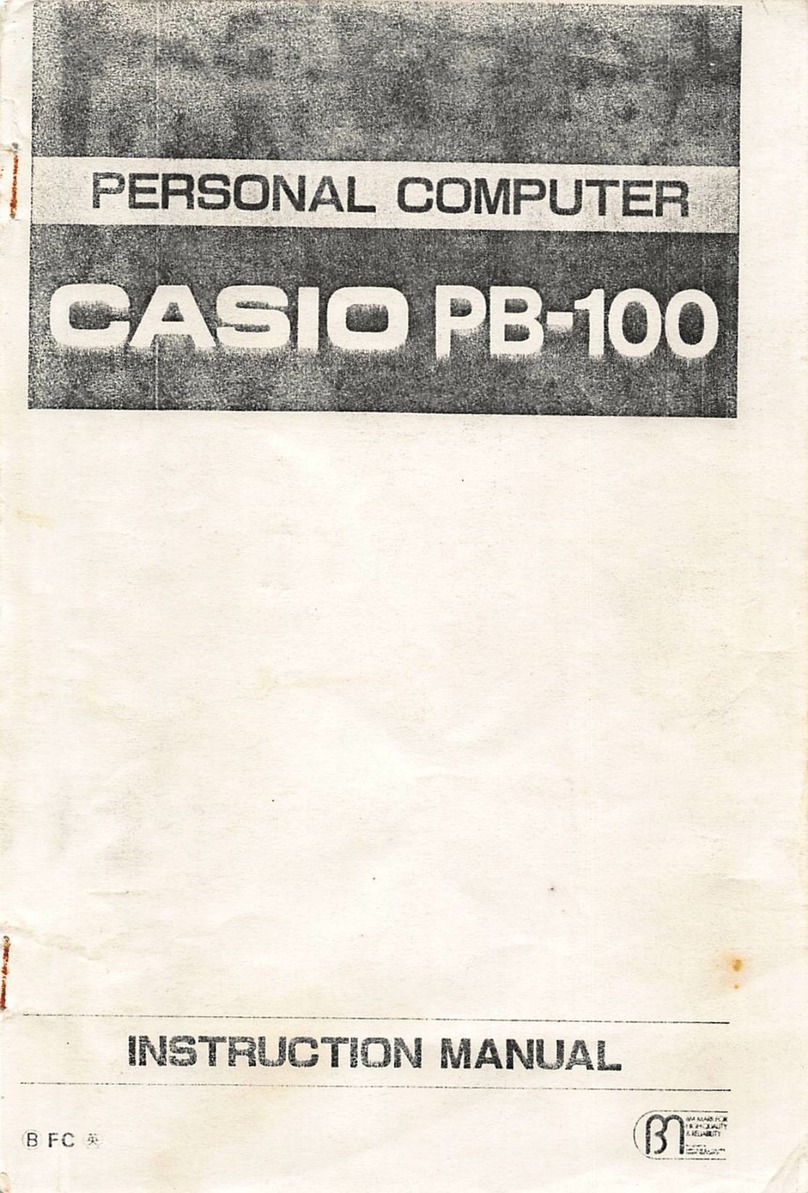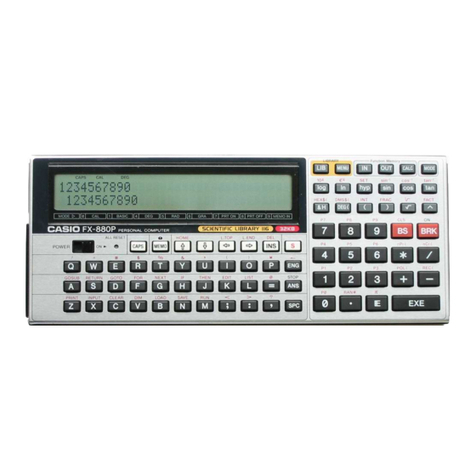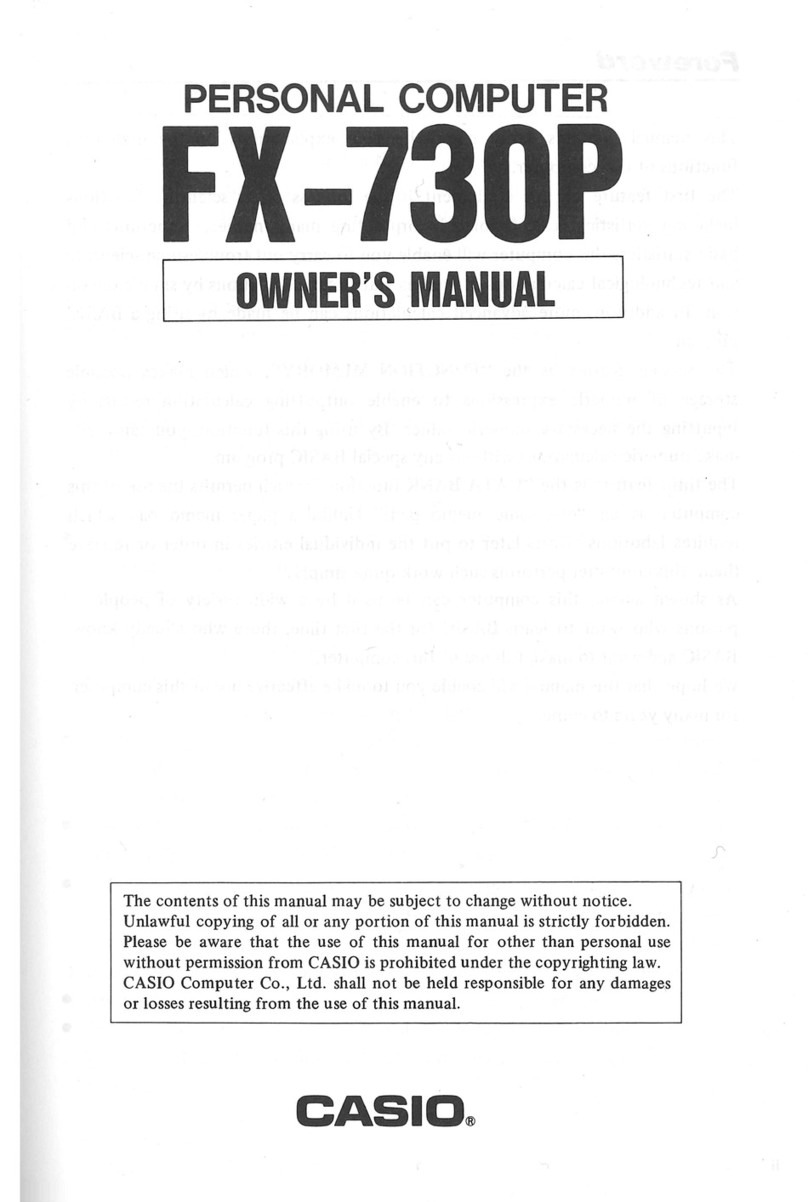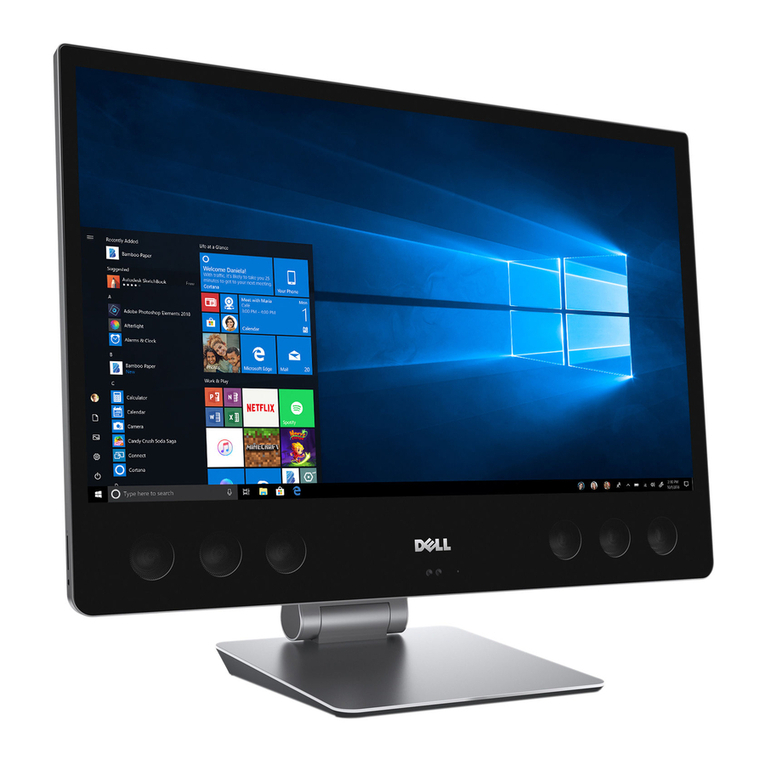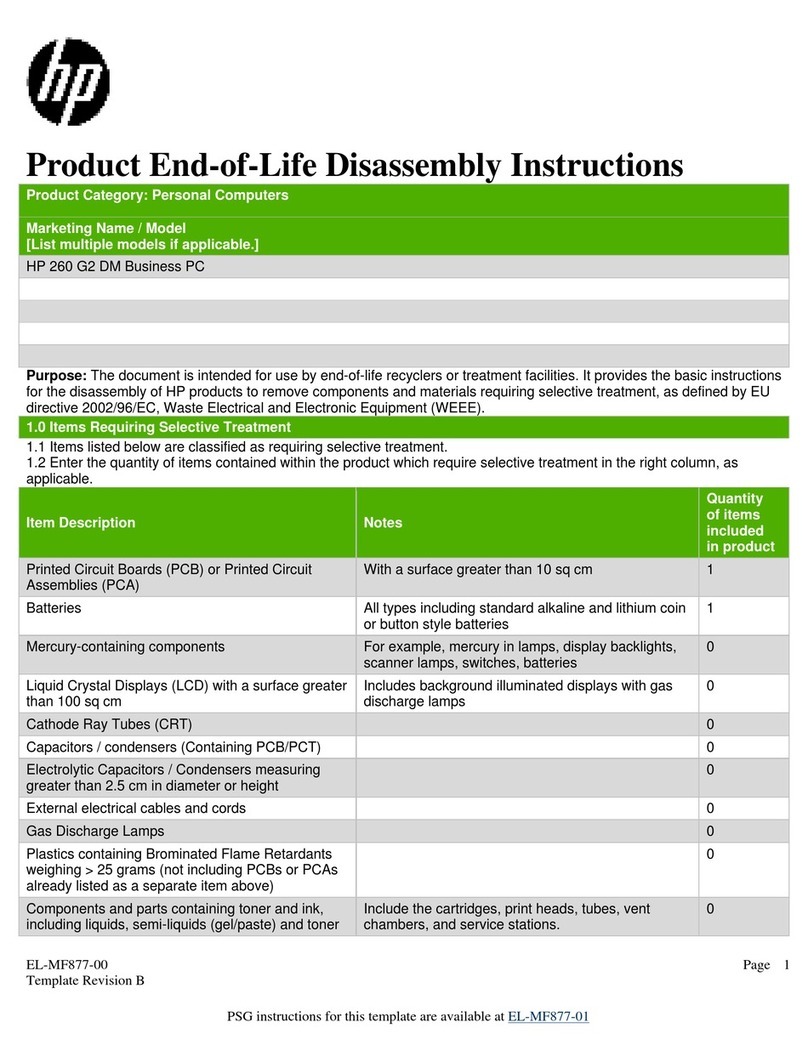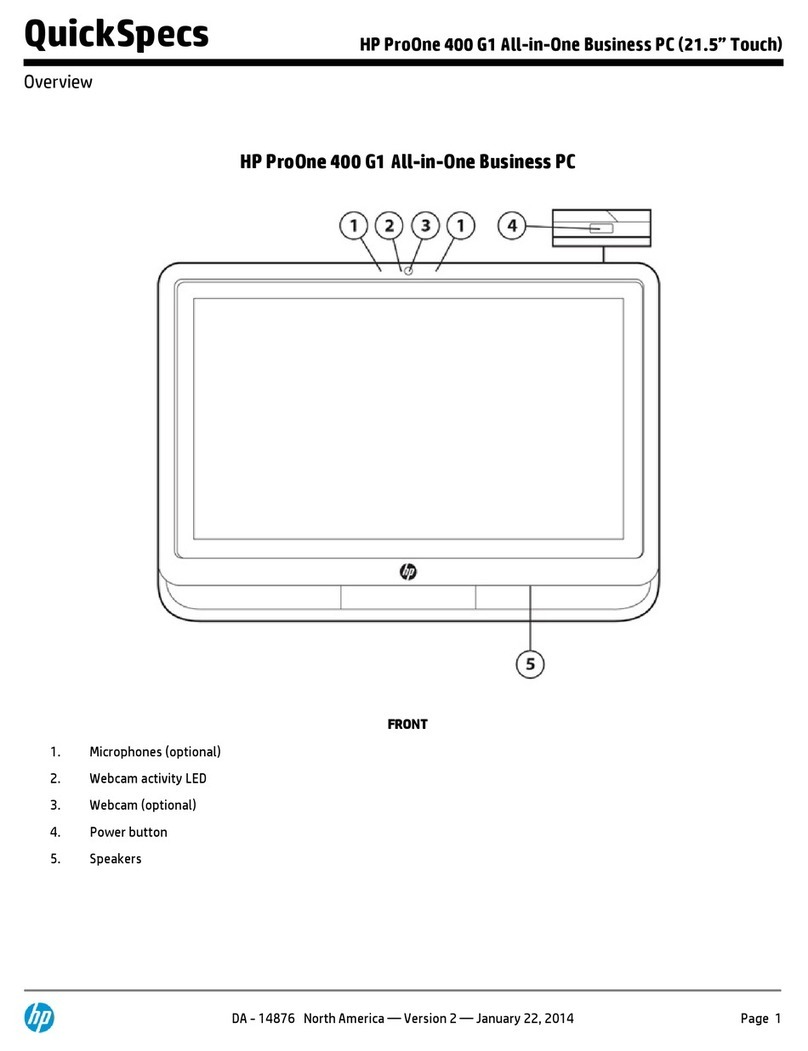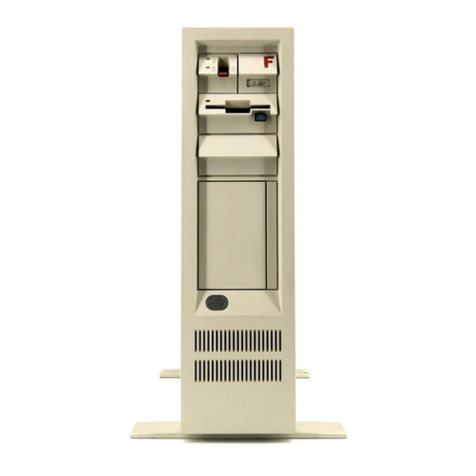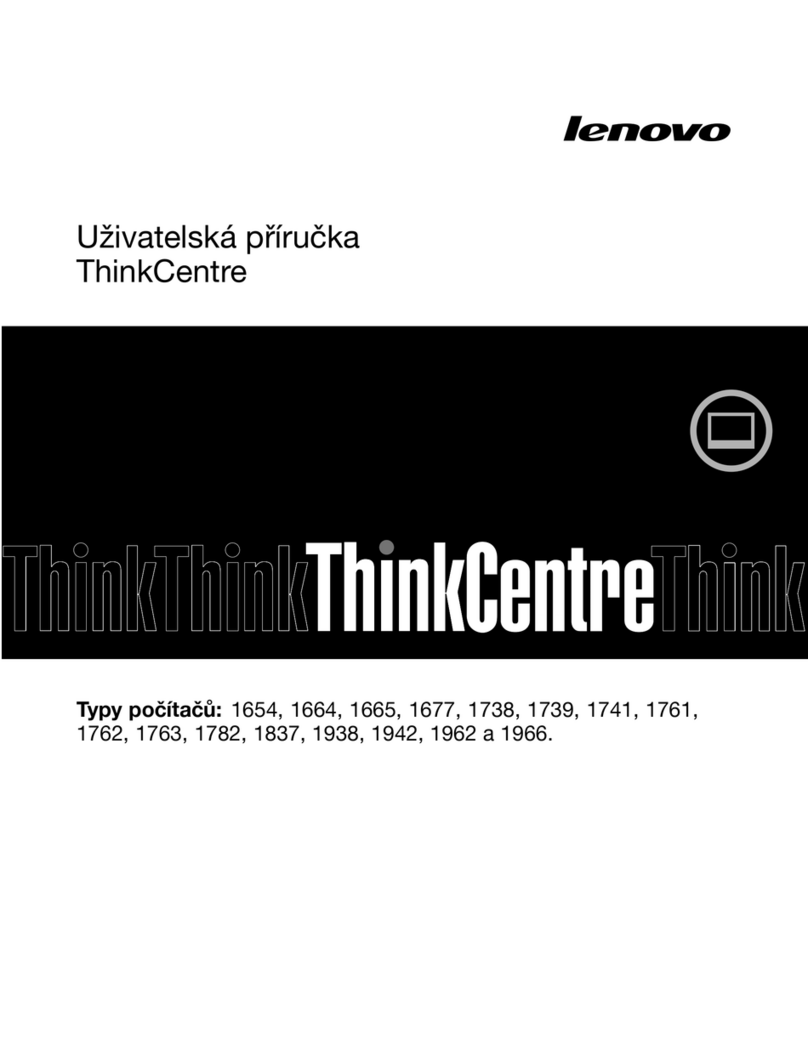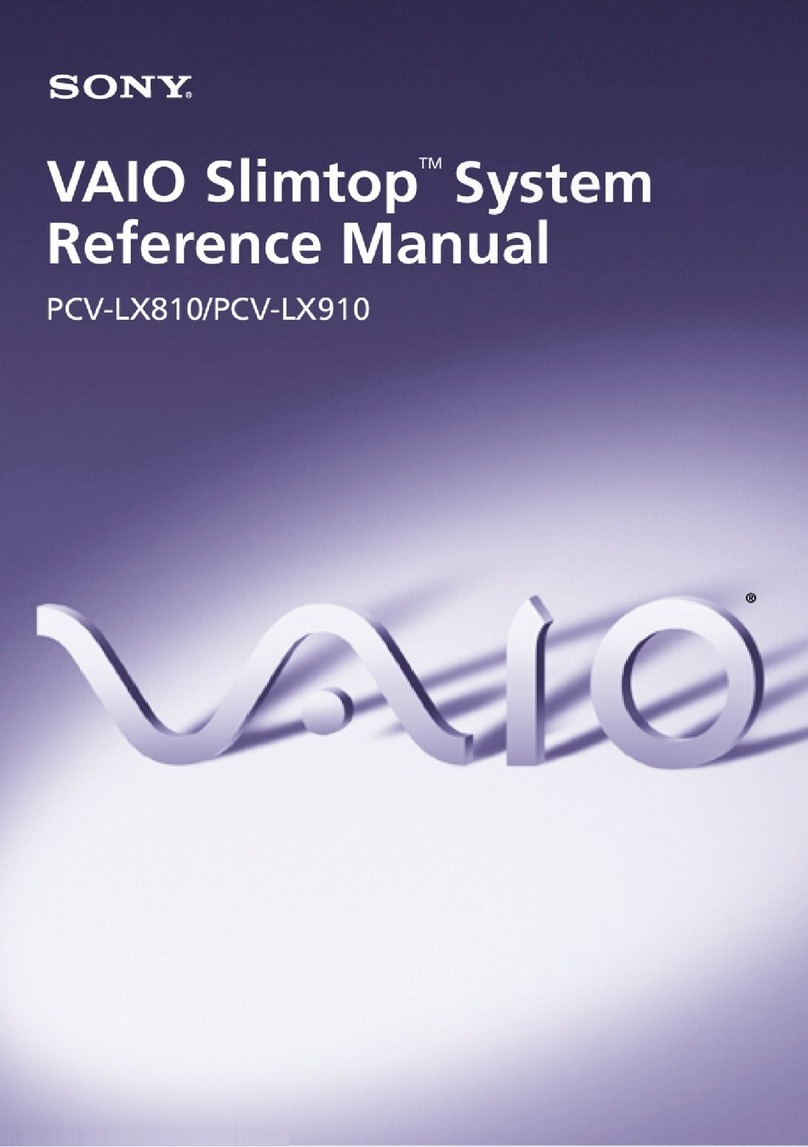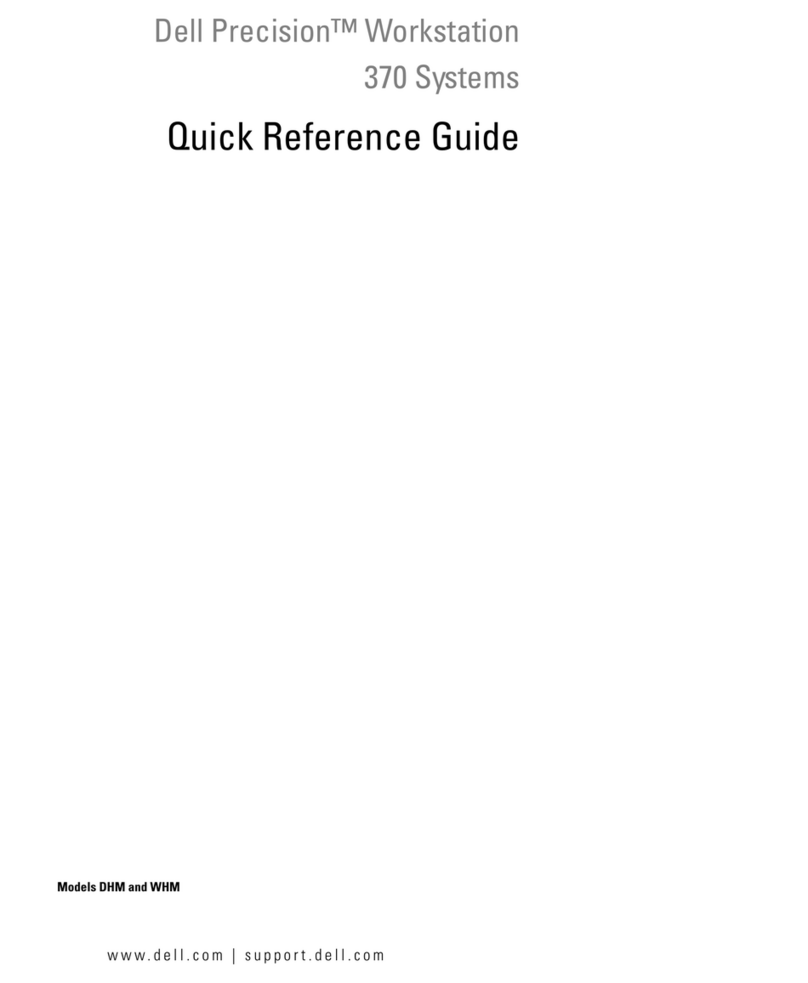Chew , 7E 83tbt ot C
1-1 Introduction to C
Errly history of C
Cisaprcgmmin3 lugugc rhat inærpoÉtë sch @nepts æ modulc prcgnming ud
stroçtural syntù slong ahe
litrë of AIJGOL. Anoihs wu-h|rm offshoot of AI-OOL is
mSCâf. ed foaberg of C æ thc CPL and BCPL laaguaga. Both CPL æd ECPL
re uly imontioru bt Bdt iû's Canbridgc UDi6iay in u stt@pt ro mkc At{iOL
60cæicrto un Thlr comcpt msscd ffi to tùc United Stalrs,Gulting in suchlalgug6
æ B aod Mæ.
B hnguaScw dqÀ{opedNsthc notslion of thc UNIX opefiting rystcm,aodth€d6doÈ
rent of e improrc<tUNIX.I notâti@ prcduæd today'r C largùrgs
Why C?
Up ùtil anumberof lars ago,
thcmainpogmming LngùagA for maiilmc @mpûing
dqi<s reæ COBOL FORTRAN ad PL./I, whilc mic|Immputæ w pregrucd uing
a!*mblfi or BASIC. RÊætrtly,
hwffi, therc i8 a definilc mffimr twarù thc rc of
C for polmint r nricty of omputcrs. But what hÂs
md€ C the languâgeof cboiæ
for prctruiDg?
Onc w is that C ru dælopôd fot tbc UNIX opq8tint systm. UNDç on the oths
ba4 srEd s thc bâ6i! for thc widcly popular MSDOS.2, which M thrt thc trNIX
' notâtioo systm ii spplicd in a widr wiay of softwc in ùæ today.
Anoths Eamn is thc widc sppcal of C duc to its dfutiDc-tiwfBruÊ notcd bclw,
Featuresof C
r. lyUG æeùElriliry
C qn bc uscdin a ritlc rangcof pogruitrg applicstiom, frcm nuwric elculatiom
to ûæhitrc @ntrcl.
2. Sh!} Fretm ponrbfiiry
SioæC isa highJæl pregming lmguagc, preglmr €n bc uscdon a widc varicty of
computing ddi6
3, CorFcl protro
Thc sbundaqtopcnton and ontrcl sûuctuG that æ bùilt inro C grca{y simplify æm-
plq pmin8. Comparcdwith otblr laryua8cs,rhcru16 that g()m C arcælatirely sim-
ple ukirg pmrxam cution quick ud æy.
a, Cor(td thr[lûaa tarcd o. rtncttrd Dretnfhg
Stn5luFd eFgming allwc adly nstæd prctms thlt æ !iûib. to hMil thought
pqtrGr6 This lru thrr onditioûd bruhing ud rcpet loop @otrek æ all includcd.
